Have you ever found an old penny with tiny wheat stalks on the back and wondered if it’s worth more than a cent? You’re not alone. The Lincoln Wheat Penny, minted between 1909 and 1958, is one of the most iconic and collectible U.S. coins.
While most are common, a few rare ones can fetch hundreds or even thousands of dollars. Let’s dive into the fascinating world of the Lincoln Wheat Penny — its history, design, and how to know if your coin is valuable.
1. What Is a Lincoln Wheat Penny?
The Lincoln Wheat Penny, also known as the Wheat Cent, was first issued in 1909 to celebrate the 100th birthday of President Abraham Lincoln.
It replaced the Indian Head penny and became the first U.S. coin to feature a real person’s portrait.
Designer: Victor David Brenner
Years Minted: 1909–1958
Composition: 95% copper, 5% tin and zinc (until 1942); 1943 steel version
Mint Marks: P (Philadelphia), D (Denver), S (San Francisco)
Design Details
-
Obverse (Front): Bust of Abraham Lincoln with the motto “IN GOD WE TRUST.”
-
Reverse (Back): Two wheat stalks surrounding the words “ONE CENT” and “UNITED STATES OF AMERICA.”
2. Why Is the Lincoln Wheat Penny Valuable?
Wheat Pennies hold value for three main reasons:
-
Historical significance – First U.S. coin featuring a real person.
-
Metal content – Older copper coins have intrinsic melt value.
-
Rarity and errors – Certain years, mint marks, and misprints are extremely scarce.
Collectors seek specific varieties that were minted in limited quantities or have production errors, making them worth much more than face value.
3. Lincoln Wheat Penny Value Chart (Updated 2025)
Here’s an overview of average coin values depending on the year and condition.
| Year | Mint Mark | Good (G-4) | Fine (F-12) | Uncirculated (MS-63) | Special Notes |
|---|---|---|---|---|---|
| 1909 VDB | None | $10 | $25 | $60+ | Designer initials “VDB” on reverse |
| 1909-S VDB | S | $700 | $1,000+ | $2,000–$3,000 | Extremely rare |
| 1914-D | D | $200 | $350 | $1,500–$5,000 | Scarce key date |
| 1922 No D | None | $500 | $1,200 | $3,000–$12,000 | Missing mint mark error |
| 1931-S | S | $50 | $75 | $150–$200 | Low mintage year |
| 1943 Copper | Any | $100,000+ | — | Up to $250,000+ | One of the rarest coins |
| 1944 Steel | Any | $75,000+ | — | Up to $200,000+ | Rare minting error |
| 1955 Doubled Die | P | $1,000 | $2,500 | $10,000+ | Double lettering visible |
| 1958 Doubled Die | P | $1,500 | $3,000 | $20,000+ | Extremely rare variety |
Note: Prices vary based on coin grading, demand, and market trends.
4. Key Dates Every Collector Should Know
Some Wheat Pennies are must-haves for serious collectors. These are the ones to look for:
-
1909-S VDB: Only 484,000 minted.
-
1914-D: Scarce in high grades.
-
1922 No D: Result of die overuse; no Denver mark visible.
-
1931-S: Low mintage but collectible.
-
1943 Copper & 1944 Steel: Accidental minting errors — both worth thousands.
-
1955 Doubled Die: Popular error coin with noticeable doubled text.
These coins stand out due to low production, minting mistakes, or strong collector demand.
5. Composition and the 1943 Steel Penny
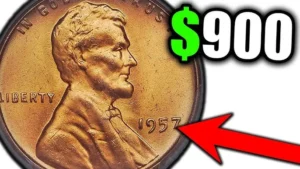
During World War II, copper was needed for ammunition and military equipment. To save copper, the U.S. Mint produced pennies using zinc-coated steel in 1943.
However, a few copper blanks accidentally entered the machines, creating the famous 1943 Copper Penny.
-
A genuine 1943 Copper Penny can be worth over $100,000 today.
-
A regular 1943 Steel Penny is worth around 10–50 cents in circulated condition.
To check your coin, use a magnet — steel cents will stick, copper ones will not.
6. Mint Marks and Their Importance
Mint marks can greatly affect a penny’s value.
| Mint Mark | Location | Meaning |
|---|---|---|
| P (No mark) | Philadelphia | Common mint, no mark until 2017 |
| D | Denver | Western U.S. mint |
| S | San Francisco | Lower mintages, more collectible |
For example, a 1943-D penny might be worth less than a 1943-S penny if fewer were minted in San Francisco that year.
7. Factors That Affect Value
When assessing Lincoln Wheat Penny value, experts look at several factors:
1. Condition (Grade)
Coin condition is measured on the Sheldon Scale (1–70).
-
Poor (1–10): Worn, nearly smooth.
-
Fine (12–35): Visible details but moderate wear.
-
Uncirculated (60+): Sharp details, no wear.
2. Rarity
Low-mintage or error coins are naturally worth more.
3. Mint Errors
Misprints such as off-center strikes, doubled dies, or missing letters increase value significantly.
4. Market Demand
Trends in collecting affect prices — a rare coin might rise or fall in value over time.
8. How to Identify a Valuable Wheat Penny
Here’s how to quickly check if your coin might be valuable:
-
Check the year and mint mark. Look for 1909-S, 1914-D, 1922 No D, or 1955 doubled die.
-
Inspect for errors. Doubling, off-center designs, or wrong metals are red flags.
-
Evaluate the condition. Higher grades bring higher prices.
-
Use a magnifier or coin loupe. Subtle details matter.
-
Compare to online value guides or get a professional appraisal.
9. Collecting Lincoln Wheat Pennies: A Beginner’s Guide
Starting a collection is easy and rewarding. Here’s a step-by-step guide:
Step 1: Learn the basics
Read about the coin’s history and key dates.
Step 2: Gather your coins
Search coin rolls, old jars, or inherited collections.
Step 3: Organize by year and mint mark
Use coin folders or albums.
Step 4: Protect your coins
Store them in acid-free holders or plastic capsules to prevent oxidation.
Step 5: Get your coins graded
Professional grading (by PCGS or NGC) can authenticate and increase value.
10. Investment Potential of Wheat Pennies
While not every penny will make you rich, high-grade rare varieties are excellent long-term investments.
For example:
-
The 1909-S VDB has risen steadily in value.
-
The 1955 doubled die remains a favorite among error coin collectors.
-
Even common Wheat Pennies may gain value as fewer exist in circulation.
However, like any collectible market, prices fluctuate with demand and rarity.
11. Fun Facts About the Lincoln Wheat Penny
-
Over 25 billion Wheat Pennies were minted between 1909 and 1958.
-
The design was replaced in 1959 with the Lincoln Memorial reverse.
-
Victor D. Brenner’s initials (VDB) caused controversy — they were removed in 1909 and restored later.
-
Some Wheat Pennies were minted in proof versions, designed for collectors.
-
The average copper melt value (based on metal content) is around 2–3 cents per coin.
12. How to Sell Your Lincoln Wheat Pennies

When selling, follow these tips to get the best price:
-
Know your coin’s value – Use guides or appraisals.
-
Avoid cleaning your coins – It lowers collector value.
-
Sell through trusted platforms like Heritage Auctions, eBay (for graded coins), or local coin shows.
-
Get certification – Coins graded by PCGS or NGC sell faster and for higher amounts.
13. Common Mistakes Collectors Make
-
Cleaning with chemicals or abrasives – ruins surface quality.
-
Assuming all old pennies are valuable – many are common.
-
Ignoring mint marks – small letters can mean big money.
-
Not checking for fakes – counterfeit rare coins exist.
14. Lincoln Wheat Penny vs. Modern Pennies
| Feature | Wheat Penny (1909–1958) | Modern Penny (1959–Present) |
|---|---|---|
| Reverse Design | Two wheat ears | Lincoln Memorial / Union Shield |
| Material | 95% copper | 97.5% zinc, 2.5% copper plating |
| Average Value | 3¢–$10,000+ | 1¢ (face value) |
| Historical Interest | High | Moderate |
Collectors prefer Wheat Pennies for their design and copper content — both absent in modern cents.
Conclusion
The Lincoln Wheat Penny is more than just an old coin — it’s a piece of American history. Whether you’re holding a common 1940-D or a rare 1909-S VDB, each coin tells a story.
Learning to identify, preserve, and appreciate these pennies can turn a simple hobby into a valuable pursuit. So next time you come across a Wheat Penny, take a closer look — you might just be holding a small fortune.
FAQs About Lincoln Wheat Penny Value
1. What year Lincoln Wheat Penny is most valuable?
The 1943 Copper Penny and 1944 Steel Penny are among the most valuable, worth over $100,000 each in top condition.
2. How do I know if my Wheat Penny is rare?
Check the year, mint mark, and any visible errors. Key dates like 1909-S VDB, 1914-D, and 1955 doubled die are highly sought after.
3. Should I clean my Wheat Penny before selling it?
No. Cleaning can reduce its value drastically by damaging the original patina.
4. Are all Wheat Pennies made of copper?
Most are 95% copper, except the 1943 steel version, which was made of zinc-coated steel due to wartime metal shortages.
5. Where can I sell my valuable Wheat Pennies?
Try coin shops, online marketplaces, or auction sites specializing in collectible coins. Make sure to get them graded and authenticated first.


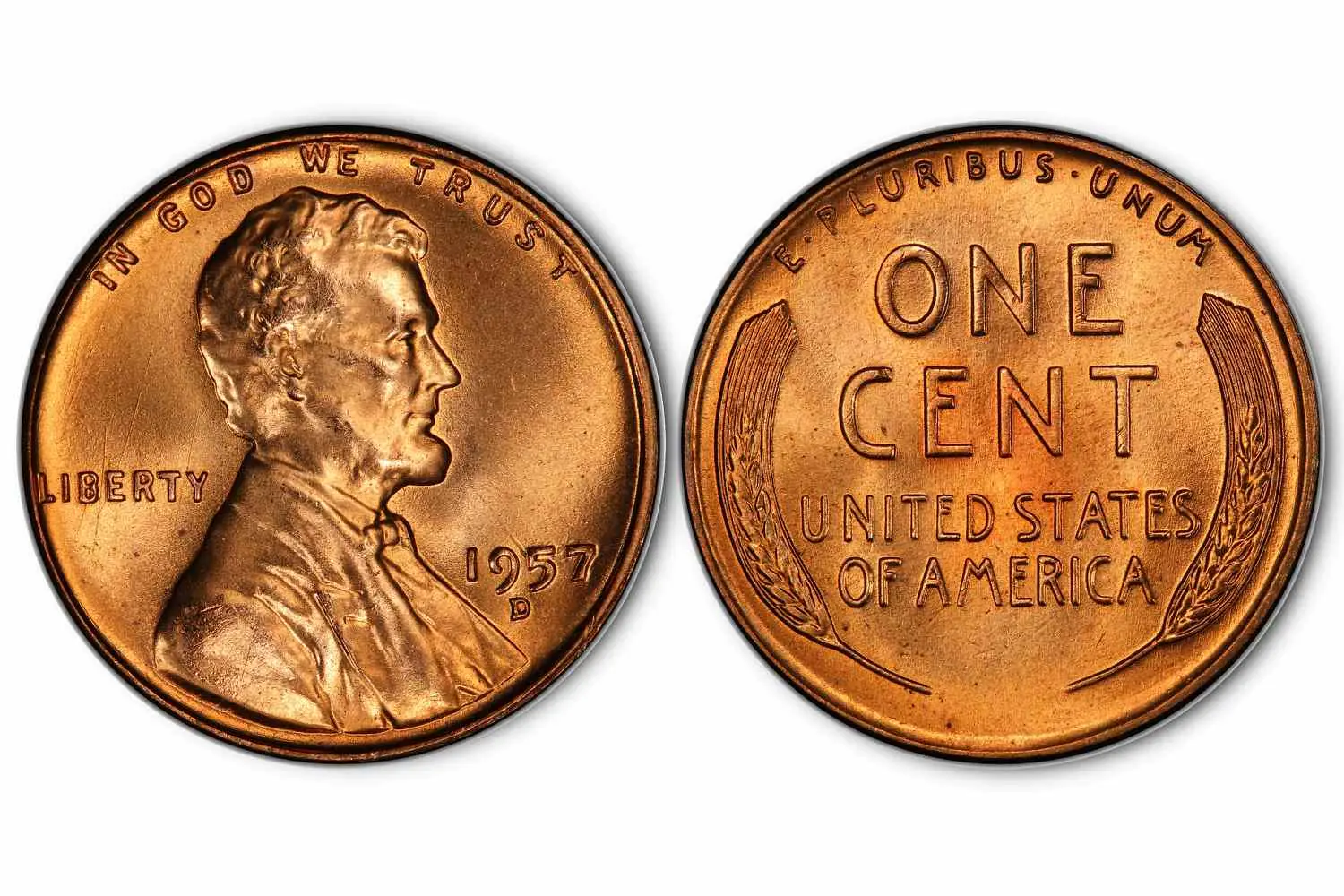
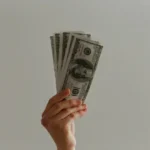






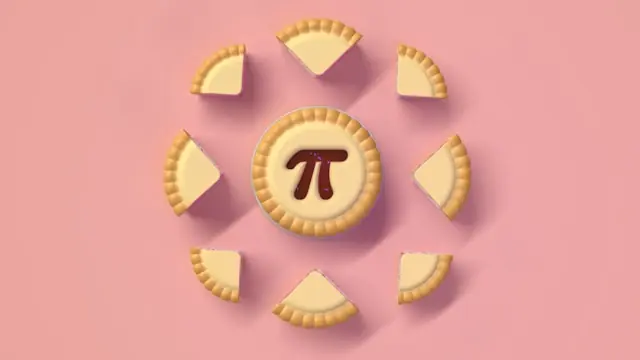


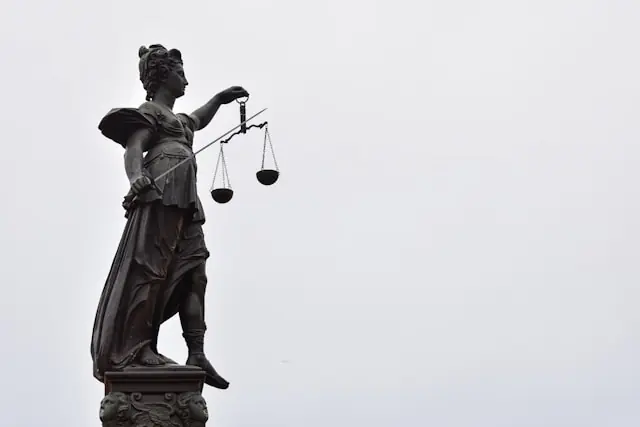
Leave a comment